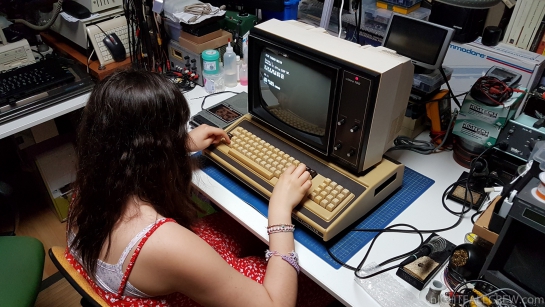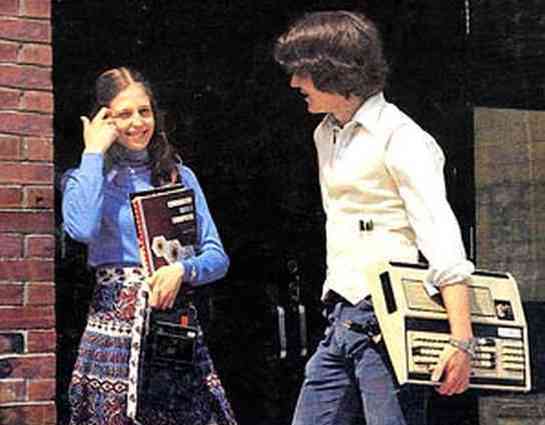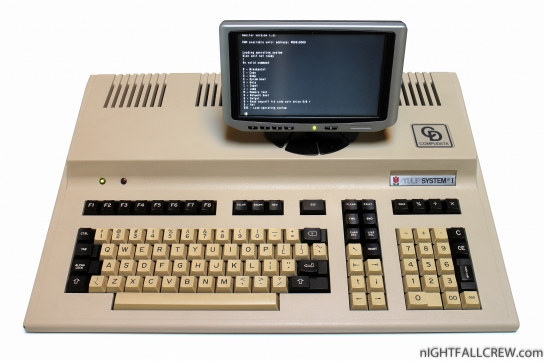Compudata (Exidy) Sorcerer II (DP1000-4)

The restoration of the Sorcerer II of the Compudata (Exidy) was very simple, it was enough to replace all the tantalum capacitors with electrolytics one and make a good cleaning.
I tried the Sorcerer with the software downloadable at this link and to do a better understand the idea of the long loading (average 7 minutes) i have recorded the WAV file of the tape format on a Tape Cassette and used an old recorder to load the software, everything worked perfectly on the first try.

from Wikipedia;
The Sorcerer is a home computer system released in 1978 by the video game company Exidy.
It was comparatively advanced when released, especially when compared to the contemporary more commercially successful Commodore PET and TRS-80, but due to company focus on the coin operated video game marketplace resources were restricted for personal computer expansion and a separate division of the company was created.
Exidy Data Systems was headed by Paul Terrell to expand the product line to include small business computing with international distribution and technology license agreements to supplement corporate funding.
Distribution agreements with Dick Smith Electronics in Australia and Liveport in the UK as well as Compudata which included a manufacturing license to build, market and distribute the Tulip line of computers in Europe. Exidy sold the PC division to a Wall Street firm, Biotech, in 1983.
Gallery:
















































Recent Comments